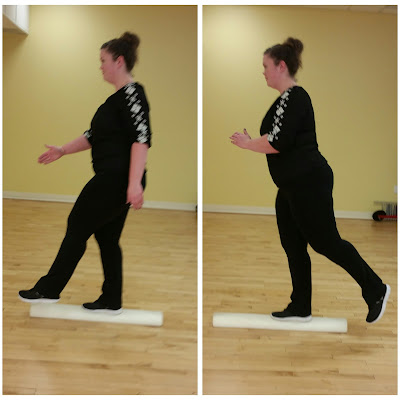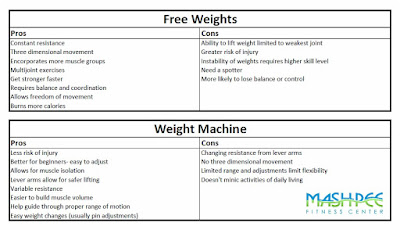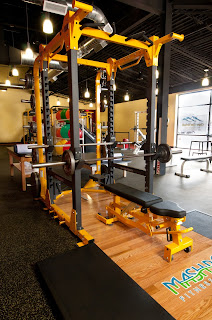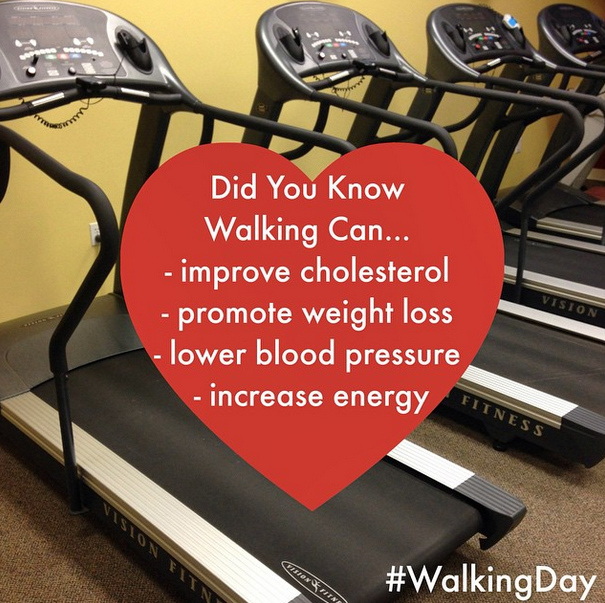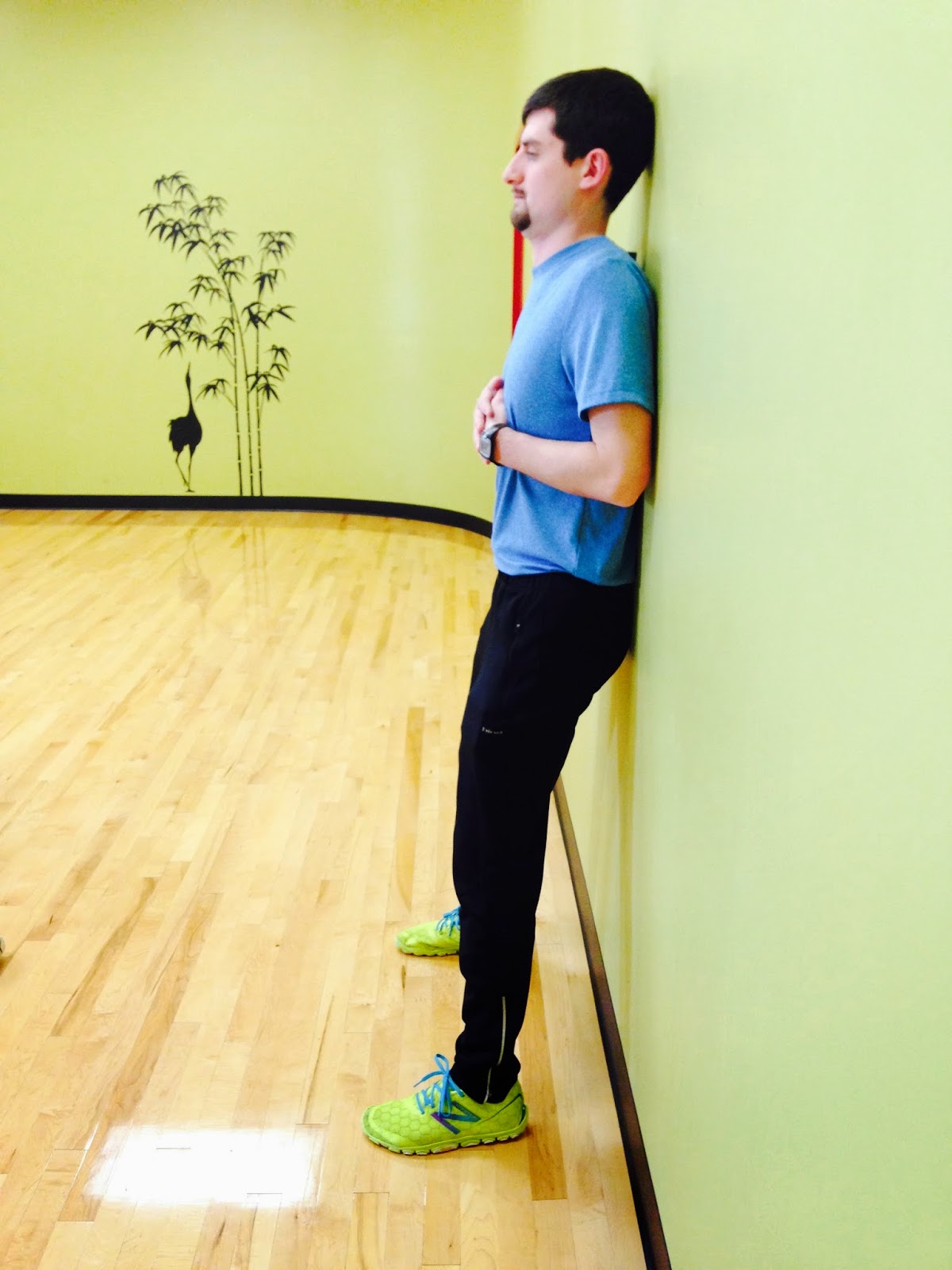everything you could think of. But really! For those of you looking for a
workout that doesn’t take up a lot of time or if you want to switch up your
routine, try a high intensity interval workout.
high intensity work with periods of rest. Research shows that HIIT can improve
blood pressure, insulin sensitivity, and improve both aerobic and anaerobic
fitness. HIIT is a great cardiovascular workout that can also help you lose
body fat while still working your muscles hard. Most of the intervals are
determined by a percent heart rate max, typically 80% or more. The rest time-
which can also be an active rest period- is different depending on fitness
levels and the amount of recovery needed for that given effort. The basic rule
is the higher the intensity, the shorter the speed interval.
a high intensity causes your body to need more oxygen and more energy.
Typically, HIIT sessions are about 20 minutes in length. Because this method of
training demands more energy and oxygen, it takes longer for your body to
recover and your body can still be burning calories at a higher rate than
normal even after you stop exercising. This is called excess post-exercise
oxygen consumption, or EPOC, and can help you lose body fat or even help
maintain a healthy body composition. Working a HIIT session into your routine
regularly can help you feel more energetic.
session before, make sure you find a fitness professional to help guide you and
build a training regimen that works best for you. This type of training isn’t
for everyone since it is done at such a high intensity. There are many
different types of HIIT programs as well, so find the one that meets your needs
and make sure your program is safe and effective!






